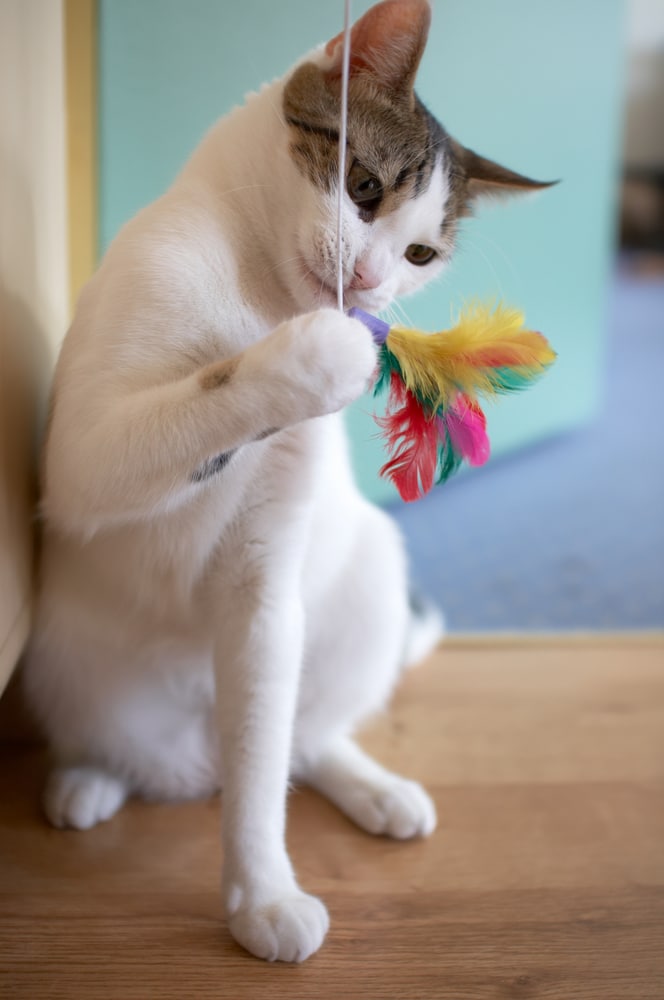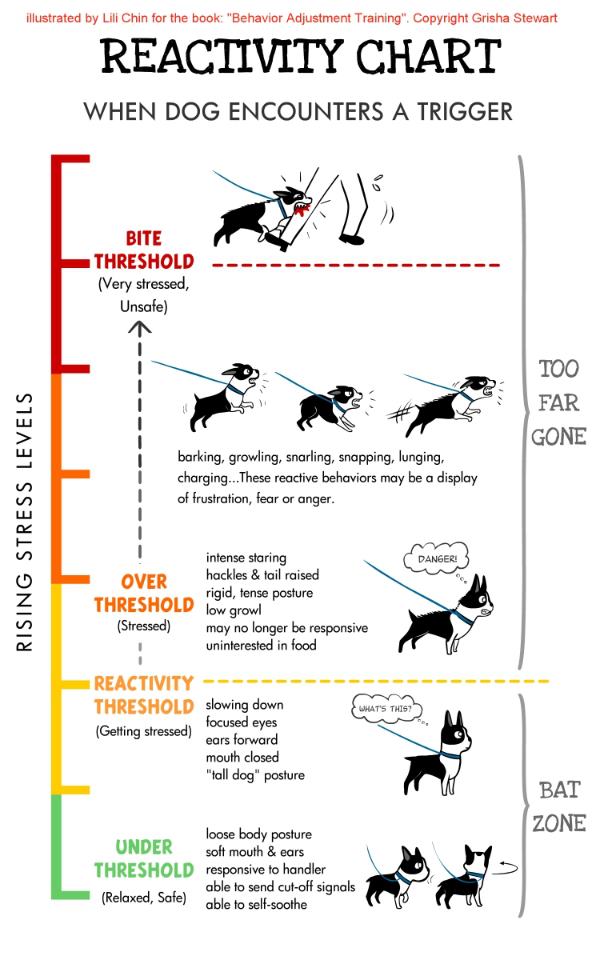-

Kitten Socialization
Below, you will find a list of things kittens would benefit from being exposed to. For any foster animal that is 16 weeks or younger, we encourage you to keep this list saved for easy access. Make an effort to …
-

Foster Quick Contact Reference Guide
Mondays 9 am-4:30 pm: Call the clinic or text the foster text line. Tuesdays 9 am-4:30 pm: Call the clinic or text the foster text line. Wednesdays 9 am-4:30 pm: Call the clinic or text the foster text line. Thursdays …
-

Crate Training for Foster Families
Make the crate a fun and happy place to be. Allow your foster to be able to access the crate whenever they want by keeping the crate in the space where your foster will be spending a lot of time. …
-

What Happens After Foster Animals Return to ARF?
Clinic Department Before going up for adoption, the shelter guest needs to be spayed/neutered, have any other surgery that may be necessary to do in a shelter setting, be microchipped (if not already done), ears checked, clip their nails, and …
-

Separation Anxiety and How to Prevent It
Keep departures and arrivals low-key. During the 10-15 minutes before you leave the house, strive for a calm, neutral atmosphere. Avoid grand gestures of hugging, kissing, or petting with your dog. If your dog has previously shown any signs of …
-

What is Positive Reinforcement?
“The way positive reinforcement is carried out is more important than the amount.” – B.F. Skinner Here at ARF, the method of training we use (for both dogs and cats) is called “positive reinforcement.” Positive reinforcement works by using praise …
-

How to Play with Cats and Kittens
We’re sure many of you may roll your eyes at the thought of learning how to play with your foster cats and kittens, but we thought we might provide some reminders about how to take advantage of appropriate play. Play …
-

Starting a Rescue Organization
“Never doubt that a small group of thoughtful, committed citizens can change the world. Indeed, it’s the only thing that ever has.” – margaret Mead Big Picture Questions In the beginning, rescuers should stick to smaller, manageable tasks. Understanding that …
-

All About Crate Training
Choosing Your Crate Wire or plastic crates are better than soft sided crates during the training phase. A crate should be large enough for your dog to stand up, turn around and stretch out / lie down comfortably but not …
-

Post-Operation Instructions and Care
What to Expect After Surgery The dog or cat may be groggy and lethargic up to 24 hours after surgery/anesthesia. This is a normal effect of the pain medication they were provided, but if these symptoms continue and the foster …
-

Common Post-Anesthesia Cat Behavior
Occasionally after surgery, cats and kittens can have an adverse behavioral reaction to anesthesia. Behaviors you may see include, but are not limited to: hissing, growling, and swatting and may be towards people or other animals including their family members. …
-

What is Trigger Stacking?
Trigger stacking happens to dogs when there are too many sensitive stimuli occurring within short succession of each other. These sensitive stimuli are specific to each dog, but some common stimuli include other dogs, bikes, vacuums, and skateboards. Each stimuli …
